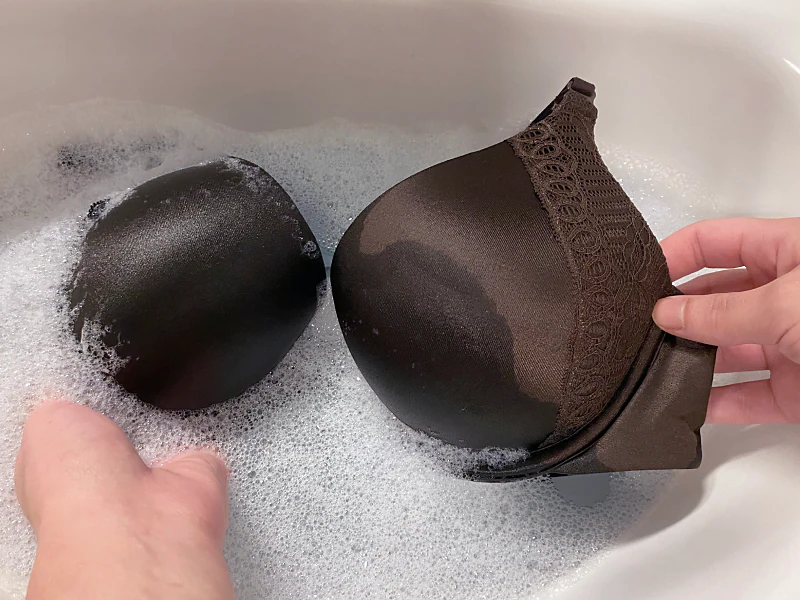Choosing the right underlayers is essential for comfort, temperature regulation, and performance—whether you are hiking, working outdoors, or just going about your day. Underlayers, also called base layers, form the foundation of your clothing system by sitting next to your skin and managing moisture.
This complete guide unpacks the key considerations for selecting the perfect underlayers in 2025, covering material types, fabric weights, fit and features, care, and how to choose them based on activity, weather, and personal comfort.
Table of Contents
1. Understand the Role of Underlayers
Your underlayer sits closest to your skin. Its main job is to wick sweat away from your body to keep skin dry, regulate temperature by trapping warmth or cooling as needed, and provide comfort without restricting movement. The right underlayer helps prevent chilling when you slow down and overheating while active.
Key functions:
Moisture wicking
Temperature regulation
Comfort and fit
2. Material Types: Pros and Cons
The fabric you choose for your underlayer dramatically affects performance.
Synthetic Fabrics (Polyester, Nylon, Spandex blends)
Wicking efficiency: Excellent at moving sweat away, keeping skin dry.
Durability: High, withstands frequent washes.
Quick drying: Dries faster than natural fibers.
Odor control: Some treated to resist odor buildup.
Fit: Spandex adds stretch and close fit.
Merino Wool
Softness: Unlike traditional wool, fine merino is ultra-soft and non-itchy.
Wicking & insulation: Pulls moisture into fibers, retaining some warmth even when damp.
Odor resistance: Naturally antimicrobial, helps prevent smell.
Breathability: Provides cooling as temperature rises.
Durability: Moderate; blends with synthetics boost strength.
Wool Blends
Combines wool’s natural advantages with synthetics’ durability and stretch for balanced performance.
What to avoid:
Cotton: Holds moisture against skin, causing clamminess and chills. Not advised for base layers.
3. Base Layer Weights and When to Use Them
Selecting the right fabric weight affects warmth and breathability.
Ultralightweight: Best for high-intensity activities or warm weather; very breathable and flexible.
Lightweight: Great for cool weather and moderate activities; balances warmth and moisture management.
Midweight: Suitable for cooler temperatures and less intense movement; offers additional insulation.
Heavyweight: Reserved for very cold, low-activity situations; maximum warmth.
Tip: Choose weight based on expected temperatures and activity level to stay comfortable without overheating or chilling.
4. Fit and Features
A snug but not restrictive fit ensures your underlayer contacts skin for optimal wicking. Look for:
Seamless or flat-lock seams: Prevent chafing during movement.
Stretchy fabrics: Allow natural mobility.
Features: Thumbholes, partial zippers, and ergonomic cuts enhance comfort and versatility.
5. Matching Underlayers to Conditions and Activities
Temperature Range
Cold climates: Midweight or heavyweight merino or blended base layers trap heat.
Variable climates: Midweight layers with strategic ventilation for adaptability.
Warm climates: Lightweight synthetics prioritize breathability and quick drying.
Activity Intensity
High-intensity: Lightweight, moisture-wicking synthetics manage sweat quickly.
Low-intensity or resting: Thicker, insulating fabrics prevent chill.
Personal Comfort
Consider whether you tend to feel warm or cold and choose materials and weights accordingly.
6. Care and Durability
To maximize your underlayers’ lifespan:
Wash inside out on gentle cycles.
Avoid fabric softeners that reduce moisture-wicking.
Air dry to maintain fabric integrity.
Replace when fabric loses stretch or wicking ability.
7. Tips for Everyday Use and Layering
Wear underlayers that suit your daily weather and activities. E.g., ultralight for summer hikes, midweight for cold commutes.
Use layering to adapt: start with base layer, add insulating mid layers and protective outer layers as needed.
Choose colors that suit outerwear and personal style.
FAQs
Q1: Can I wear underlayers for non-sport casual use?
A1: Yes, many underlayers, especially merino wool and soft synthetics, are comfortable and breathable for all-day wear.
Q2: Are wool underlayers itchy?
A2: Modern merino wool underlayers use fine fibers that rarely cause itch and are soft against skin.
Q3: How tight should my base layer fit?
A3: It should be snug enough to touch skin for moisture wicking but not restrict movement or breathing.
Q4: Can I wear cotton underlayers in cold weather?
A4: Cotton retains moisture and can cause chilling; it’s best to avoid cotton as a base layer in cold or wet conditions.
Q5: How can I prevent odor in synthetic base layers?
A5: Look for synthetic fabrics with antimicrobial treatments and wash regularly to prevent bacteria buildup.
Q6: What’s better for mixed weather: merino wool or synthetics?
A6: Both have advantages; wool offers natural odor control and warmth, synthetics dry faster. Wool-synthetic blends provide a balanced solution.
Q7: Are there special underlayers for women and men?
A7: Yes, many brands tailor fits anatomically and offer women-specific layering options for better comfort.











